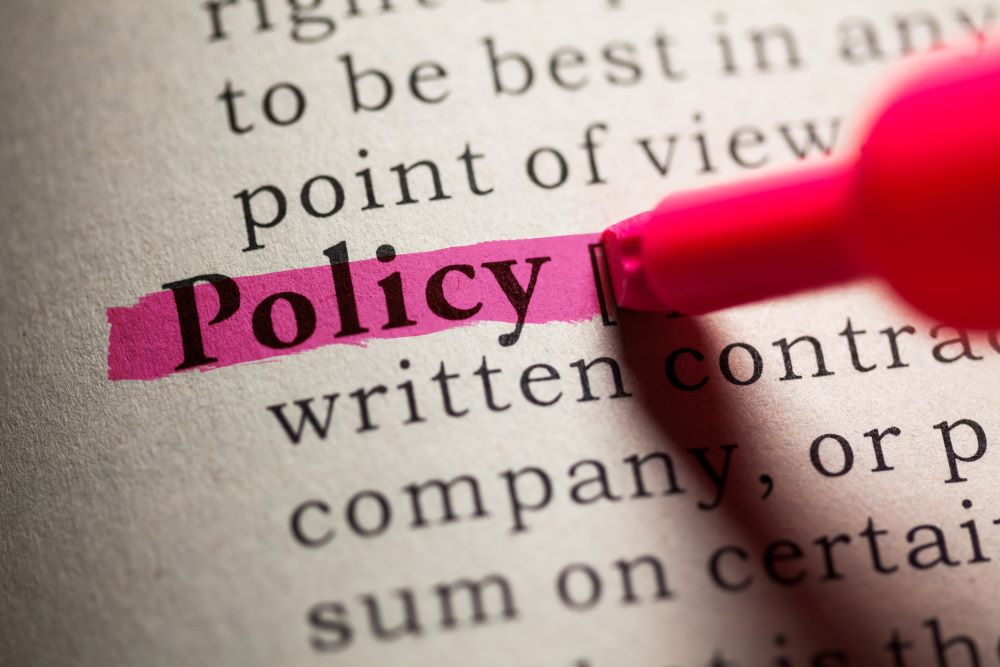After the events that unfolded in Ferguson, Missouri earlier this week, many business owners have been reviewing their commercial property insurance policies because their properties have been damaged or destroyed as a result of rioting, including looting, fire, vandalism, and other associated damage.
Today I will discuss “riot or civil commotion coverage” which is commonly found in residential and commercial property insurance policies and provides coverage for direct physical loss of or damage to covered property caused by or resulting from riot or civil commotion.
In Blackledge v. Omega Insurance Company,1 the Mississippi Supreme Court listed the four elements necessary for a riot or civil commotion to exist within the meaning of a property insurance policy:
(1) unlawful assembly of three or more people (or lawful assembly that due to its violence and tumult becomes unlawful) (2) acts of violence and (3) intent to mutually assist against lawful authority. The common law clearly indicates that lawful authority is not limited to official law enforcement, but extends to those whose rights are or may be injured and seek to protect those rights. In addition, there must be some degree of (4) public terror.
A riot is defined by Black’s Law Dictionary as:2
- An assemblage of three or more persons in a public place taking concerted action in a turbulent and disorderly manner for a common purpose (regardless of the lawfulness of that purpose).
- An unlawful disturbance of the peace by an assemblage of usually three or more persons acting with a common purpose in a violent or tumultuous manner that threatens or terrorizes the public or an institution.
Courts have defined riots differently. For example, it has been defined as “the gathering of three or more persons” with the “common purpose” to do “an un/lawful act [with the intent to use] force or violence.”3 It has also been defined as requiring “”tumult” or disturbance” at the time of the action.4
A civil commotion is defined as a public uprising by a large number of people who, acting together, cause harm to people or property.5
The Second District Court of Appeal has compared the terms riot and civil commotion:6
- The local nature of the perils of “riot” or “civil commotion” imparts occasional local or temporary outbreaks of unlawful violence.
- “Riots and civil commotion are purely ‘domestic disturbances.’”
- They are “essentially a kind of domestic disturbance. . . such as occur among fellow citizens or within the limits of one community.”
- In order for a disturbance to qualify as civil commotion, “the agents causing the disorder must gather together and cause a disturbance and tumult.”
Business owners whose property has been damaged as a result of a riot civil commotion, including those whose operations have been shut down because of a riot or civil commotion, should check with a competent insurance professional to determine coverage for property damage and business interruption.
1 Blackledge v. Omega Ins. Co., 740 So.2d 295 (Miss. 1999).
2 Black’s Law Dictionary (9th ed. 2009).
3 Ins. Co. of N. Am. v. Rosenberg, 25 F.2d 635, 636 (2d Cir. 1928).
4 Hartford Fire Ins. Co. v. War Eagle Coal Co., 295 F. 663, 665 (4th Cir. 1924).
5 Black’s Law Dictionary (9th ed. 2009).
6 10A Couch on Ins. § 152:6; Pan American World Airways, Inc. v. Aetna Casualty & Surety Co., 505 F.2d 989, 1019-20 (2d Cir. 1974).



